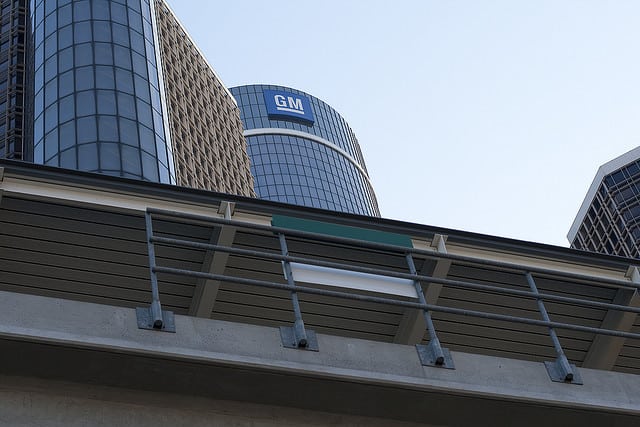An American Icon Reinvigorated
This week’s hot stock was once a staple of the American economy. That was before tough times befell the company during the economic collapse in 2008.
This company’s subsequent recovery got off to a rocky start, but over the past three years, it has come roaring back. Issues in 2014 led to the stock to tumble 15%, which now creates the perfect entry point for this undervalued company. Beaten-down but still profitable companies can often provide the best return on investment for your portfolio. This week’s hot stock is General Motors (GM).
General Motors’ GAAP net income for 2014 doesn’t tell the full story of the company. Non-recurring items lowered net income and masked the true cash flows of the business. In 2014, General Motors recorded over $7 billion non-operating expenses and bundled these into operating expenses. These included charges due to the recalls, as well as a $400 million expense due to Venezuelan currency devaluation. Removing these items and calculating General Motors’ net operating profit after tax (NOPAT) reveals General Motors’ true, recurring cash flows and provides investors with a better picture of the economics of the company.
General Motors has grown NOPAT by 40% compounded annually over since 2012. The company currently has a 12% return on invested capital (ROIC), which is up from 6% in 2012. General Motors is proving its ability to reinvigorate its business and provide products that consumers want to drive. General Motors ended 2014 with over $2.2 billion in free cash flow and positive economic earnings.
In 2014, General Motors issued recalls which totaled $2.9 billion in costs, which was one of the main reasons for the stock price to decline throughout 2014. If the recall issues are in the past, and General Motors focuses on becoming proactive not reactive, 2015 could be a much different story. With new models of the Chevrolet Silverado and Chevrolet Colorado (the Motor Trend truck of the year) being released, General Motors is poised for a great year.
At its current price of ~$38/share, General Motors has a price to economic book value (PEBV) ratio of 0.9, which implies that the market expects the company’s NOPAT to permanently decline by 10%.
If General Motors can grow NOPAT by just 6% compounded annually for the next seven years, the stock is worth $53/share –– a 39% upside. If GM can grow NOPAT by even more, the stock price has even greater upside.
Disclosure: David Trainer and Kyle Guske II receive no compensation to write about any specific stock, style, or theme.
Photo Credit: Michael Kumm (Flickr)
